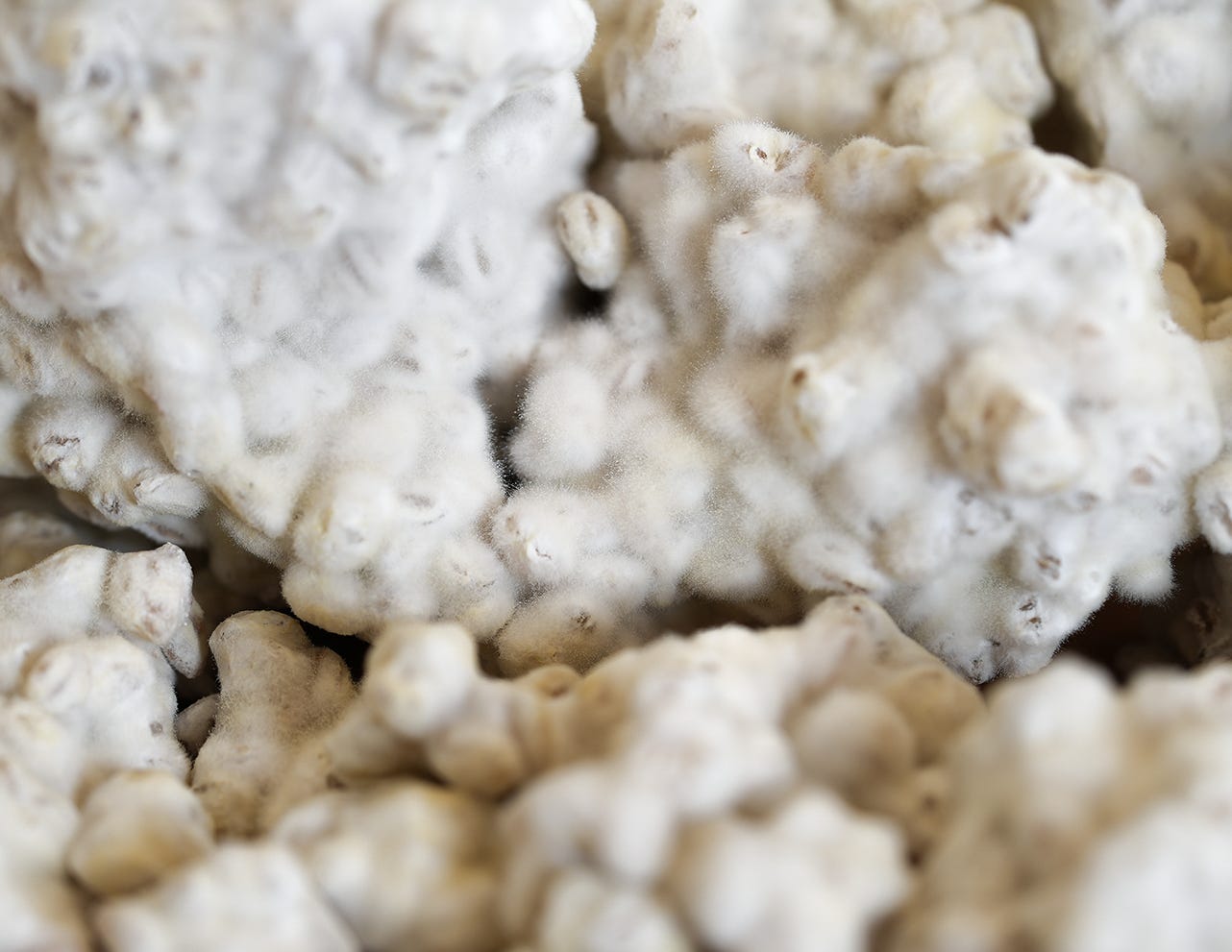Miso
Unlocking the secrets of miso with koji as the key to umami
Koji is a mold primarily cultivated on grains like rice or barley, though it can be grown on any carbohydrate-rich base. It's revered in fermentation circles for its ability to produce enzymes that drive the fermentation process, transforming raw ingredients into complex, umami-packed foods. Koji’s main contribution lies in its enzymes, particularly amylase and protease.
Amylase breaks down carbohydrates into sugars, which become food for yeast and other microorganisms. Meanwhile, protease works on proteins, breaking them into peptides and amino acids like glutamate, which directly contributes to umami—the deep, savory taste that elevates dishes. Glutamate, along with nucleotides like inosinate and guanylate, creates this satisfying sensation, often described as the "fifth taste." Umami amplifies other flavors, adding depth and complexity.
Unconventional Ways of Using Miso
In foods like miso, these enzymatic reactions create a robust, multi-dimensional flavor profile that’s difficult to replicate. This makes miso a prime candidate for enhancing not only savory dishes but also unexpected ones. Picture rich chocolate ice cream with a hint of miso, or our signature miso butter caramel, where the salty, savory notes boost the sweetness and complexity of the caramel. Even in cocktails, a miso solution can replace saline, subtly boosting citrus-forward flavors by enhancing the overall depth, thanks to the umami backbone. Essentially, miso functions like salt but with more nuance, making it a versatile tool in the kitchen.
Maillard Reaction in Miso
During the aging process of miso, the Maillard reaction plays a pivotal role in developing its deep, complex flavor profile. This non-enzymatic browning reaction occurs when amino acids, produced by protease enzymes from koji, interact with sugars released by amylase activity. The reaction is driven by time, heat, and the fermentation environment, creating a wide array of flavor compounds such as melanoidins, which contribute to miso's rich, umami-forward taste and dark color in longer-fermented varieties like red miso. These compounds enhance roasted, nutty, and caramel-like notes, elevating the overall depth and complexity that define high-quality miso.
Keep reading with a 7-day free trial
Subscribe to cosmos society to keep reading this post and get 7 days of free access to the full post archives.




